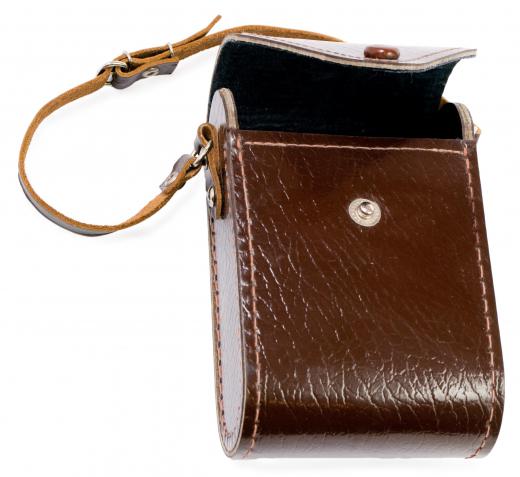The best tips for epoxy dispensing are to keep the resin and hardener separated and sealed before they are mixed thoroughly just prior to application. Epoxy adhesive is made by combining an epoxide with a polyamine to start a chemical reaction. This chemical reaction usually occurs during the epoxy dispensing process and generates sufficient heat to cure the adhesive permanently. Glues that set due to an exothermic reaction are often referred to as thermosetting polymers. Combining the two elements of epoxy in improper proportions usually decreases the strength of the reaction and the adhesive.
Epoxy dispensing for large-scale manufacturing processes is often controlled by electronic adhesive dispensing machines. The machines are typically capable of dispensing uniform quantities of the epoxide and polymine for dependable adhesion. Most electronic dispensing units are computer regulated and controlled. This level of control allows the manufacturer to make minor adjustments to the quantity and location of the dispensed adhesive. Human error can be almost completely eliminated from the epoxy dispensing process with the use of adhesive dispensing equipment.

An epoxy dispenser can become clogged if the polymer adhesive is allowed to dry on the tip. A blockage in the tip of the dispensing unit may cause one or both of the epoxy elements to come out unevenly or not at all. Wiping the dispenser outlet clean prior to storage generally prevents the epoxy from forming a seal. Clogged epoxy dispensing equipment is typically unclogged by cutting away the hardened plastic polymer with a sharp knife or razor blade. Some epoxy dispensing systems come with a cap or cover for the tip to keep the tubes holding the adhesive sealed when they are not being used.
Manual epoxy dispensing requires advance planning and a steady hand. Most home-use epoxies come in a dual syringe design. As the plungers are forced down the syringe, they push out the epoxy resin and its polyamine hardener. A toothpick or other small stick is frequently used to stir the separate elements together. Epoxy adhesives begin to harden as soon as the two elements are combined.
Most epoxies are dispensed directly onto one or both sides of the connecting materials. Over-dispensing of epoxy adhesives leaves a joint connection looking messy and unprofessional. Excess epoxy that is squeezed from between the connected materials should usually be wiped away before the thermosetting process has cured the adhesive. Rigid plastic cards are sometimes used to scrape off the unnecessary adhesives and leave a clean joint.
